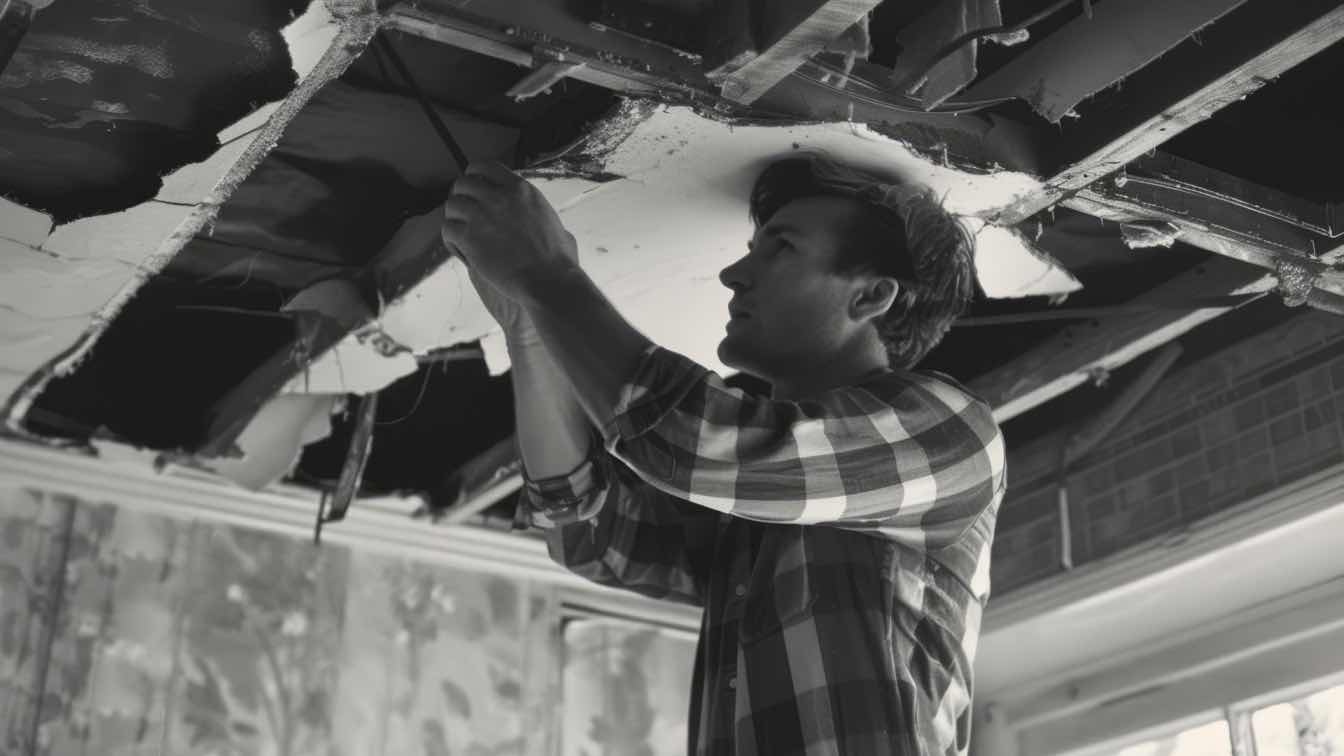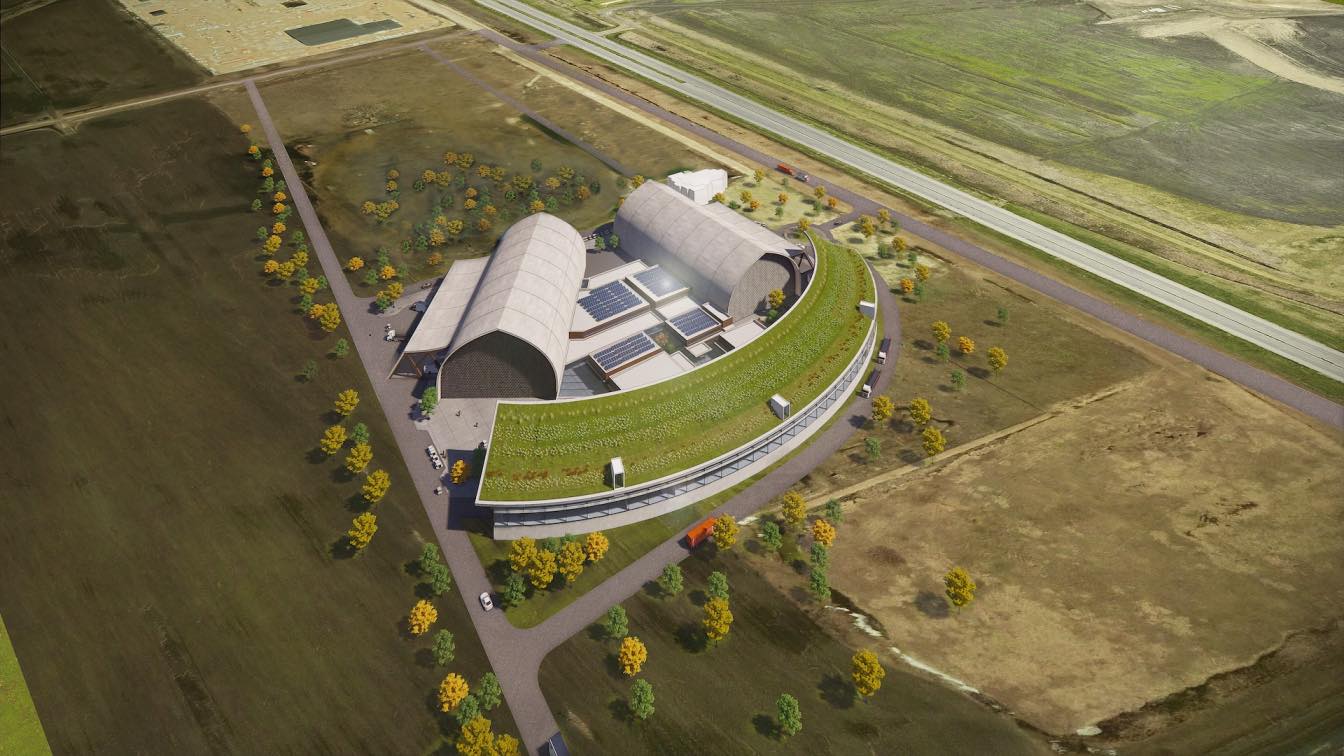Few events prove more traumatic than walking into a home ravaged by disaster—collapsed drywall from burst pipes, cherished belongings charred to ash, mold creeping across soaked walls. With the proper response, even severe residential damage gets reversed through meticulous restoration processes returning dwellings to their former glory.
Understanding Home Damage: Types and Causes
Home disasters arise from various sources with distinct remediation needs:
Water Damage
Failing appliances, leaky roofs, flooding, and similar water intrusions warp structural materials and foster mold growth if unchecked. Water extractions paired with thorough drying help properties revive.
Fire Damage
Flames, smoke, and related suppression efforts leave behind char, soot, ash, and chemical contamination requiring cleaning and debris removal before repairs commence. Susceptibility lingers long-term. With the proper response, even severe residential damage gets reversed through meticulous restoration processes, returning dwellings to their former glory. Learn more about effective residential fire damage restoration strategies and how professionals can help.
Wind Damage
Storms like tornadoes or hurricanes inflict crippling structural harm. Shoring stabilization precedes tear-down, reinforcements, and rebuilding of destroyed sections according to updated wind-resistant codes.
Pest Damage
Termites, carpenter ants, and wildlife gnaw through infrastructure unseen over lengthy infestations until failures manifest. Areas get gutted and treated to permanently eradicate invaders before installing new materials.
Mold Damage
Pervasive mold colonies embedding into porous surfaces pose respiratory risks, demanding full-scale remediation including replacements and air purification systems to prevent recurrence.
Structural Damage
Age, accidents, or disasters compromise load-bearing stability. Localized shoring keeps structures safe temporarily until engineered reinforcements get designed and installed along with general upgrades.
The Road to Recovery: Restoration Process
Certified home damage restoration experts methodically guide properties from initial devastation back to revitalized order through orchestrated workflows tailored case-by-case:
Assessment and Documentation
Inspectors thoroughly catalog needed repairs considering insurance requirements. Photographic/video evidence aids claims too. Findings inform customized plans.
Emergency Mitigation
First responders spring to action securing buildings and belongings while implementing urgent measures preventing escalating destruction like covering damaged roofs before rains arrive.
Structural Repairs
Based on assessed hazards, crews reinforce compromised elements and demolish/replace irreparable sections adhering to codes and original architectural intent as feasible.
Water Extraction and Drying
Industrial dehumidification systems rapidly halt moisture enabling mold growth while directional air movers completely dry out materials avoiding further decay.
Cleaning and Sanitizing
Multi-stage scrubbing, chemical treatments, and ozone washes strip contamination down to the microscopic levels necessary to truly restore indoor environmental quality safety standards.
Content Restoration
Using specialized techniques, restoration experts clean, repair, or replace affected valuables and possessions to maximize the retainment of cherished items.
Final Inspection
Technicians walk through with homeowners ensuring finished products meet expectations ahead of payment and celebrate successful partnerships reviving cherished spaces.
Why DIY Restoration Rarely Suffices
While moderate damage appears DIY-friendly, extensive restoration projects often exceed typical homeowner capacities:
Safety
Hazards like contamination, electrical faults, and structural instability pose dangers. Certified technicians bear proper safeguards and training lacking for individuals.
Expertise
Seasoned professionals banked decades of niche experience most homeowners can’t replicate intuitively across emergency response, hyper-specialized equipment operation, and advanced repair techniques.
Time
Around the clock, availability accelerates comprehensive repairs minimizing business or living disruption that otherwise drags on for months amidst contractor coordination hassles.
Insurance Claims
Policy administrators typically mandate using licensed services with itemized invoices for full coverage. DIY can prompt denied claims despite premiums paid.
When disaster strikes your Chicagoland property, leverage established local experts like ProFix 24/7 offering prompt emergency response and fully insured restoration services protecting your interests.
Choosing Restoration Professionals
With homes and belongings at stake, vet potential disaster recovery partners extensively beforehand:
Experience
Longstanding area presence over many projects instills community trust and familiarity in handling local conditions. Customer satisfaction should rank excellent.
Certifications
Industry associations like RIA, IICRC, and BBB torchbearer respected credentials indicating technical restoration mastery across specialties.
Licensing and Insurance
Legally authorized and bonded operators ensure accountability. Liability and workers' compensation coverage protects customers.
References
First-hand positive reports on responsiveness, communication, transparency, and final outcomes offer reliability indications. Video testimonials are even better.
Availability
Round-the-clock on-call teams permit urgent containment upon damage discovery rather than allowing escalation over delays awaiting weekday appointments.
Communication
Clear, compassionate coordination across insurance liaisons, on-site briefings, emailed progress updates and prep/cleanup guidance prevents surprises boosting confidence.
Tips for Preventing Home Damage
Alongside prompt response and restoration when disasters strike, some proactive prevention steps help minimize susceptibility:
Regular Maintenance
Routinely inspecting appliances, pipes, seals, and structures uncovers issues before catastrophic failures. Annual checkups are ideal for entire homes.
Address Leaks Rapidly
Prevent exponential damage and mold risk by reacting immediately to visible drips using umbrellas, buckets, and fans to dry areas until full repairs are possible.
Clean Gutters and Downspouts
Clogs force water to dam up on the roof instead of draining safely. Check and clear debris before winter freeze cycles especially.
Install Detectors
Smoke/carbon monoxide alarms alert occupants to fires or gas leaks early allowing containment. Test units monthly to ensure functioning batteries.
Trim Trees and Shrubs
Overgrown landscaping that contacts buildings offers pest ingress points while dropping leaves fill gutters or gets blown into structures during extreme weather.
Disaster Preparedness
Keep emergency equipment like generators, temporary seals/tarps, and water pumps on hand. Backup key data/documents remotely too. Plan evacuation routes.
Insurance and Home Damage: What You Need to Know
Navigating claims processes further complicates restoration efforts:
Review Your Policy
Know coverage terms for types of damage in your area - flood, earthquake, and sewer backups are often excluded requiring separate riders.
Document Damage
Photograph all destruction since proof is necessary for claim validity. Scope creep gets monitored also.
Contact Insurance Agent
Notify providers immediately after documenting conditions. Update regularly throughout repairs conveying justified expenses.
Keep Records
Maintain correspondence, photographs, and invoices handy when questions arise later about reimbursement eligibility and timeliness.
Conclusion
Returning beloved homes from catastrophe-stricken shells to welcoming abodes involves coordinated efforts across emergency response, structural corrections, and meticulous cleaning plus restoration finesse. Homeowners must balance urgency and diligence in selecting certified experts to intersect insurance protocols and quality, timely workmanship. With compassionate disaster recovery partners, the difficult journey culminates in not just repaired dwellings but renewed joy, optimism, and community resilience.





